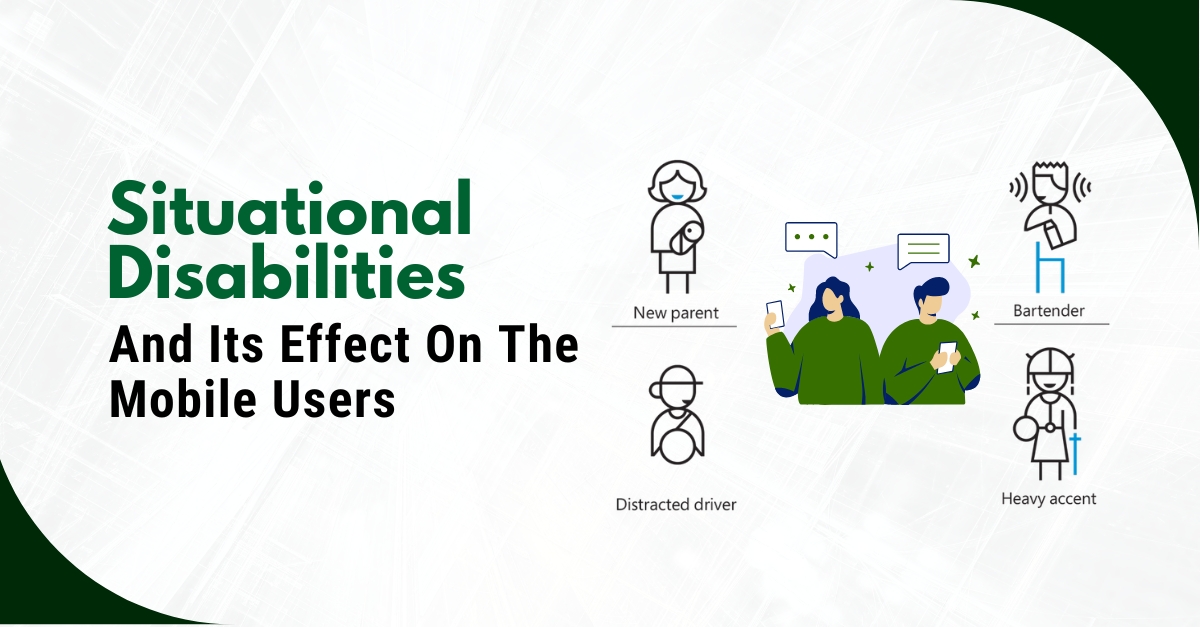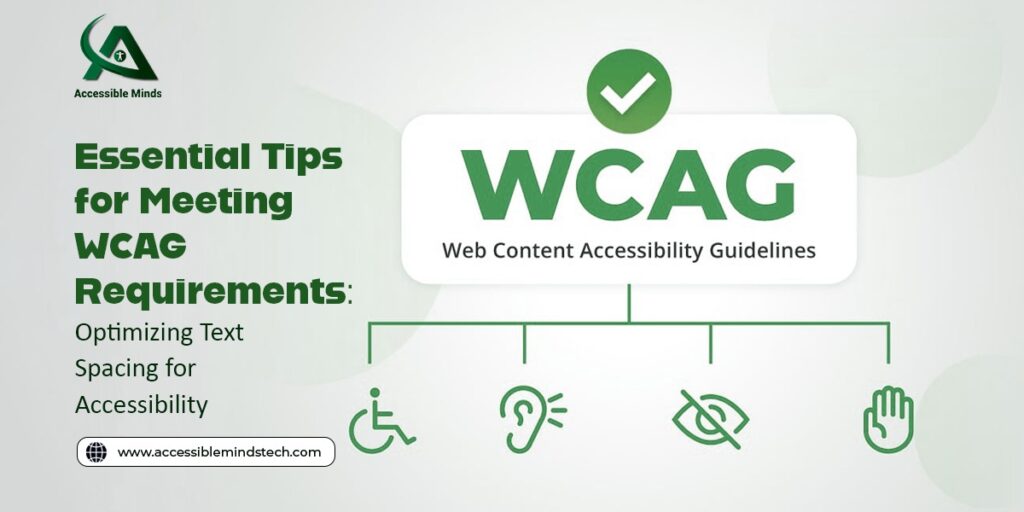In the ever-evolving digital landscape, web accessibility has emerged as a crucial aspect of creating an inclusive online environment. As we delve into the intricacies of digital accessibility services, one often overlooked factor that plays a pivotal role is font size. Is font size truly a significant factor in ensuring web accessibility, or is it a minor detail easily dismissed? Let’s unravel the importance of font size in the broader context of digital accessibility services.
Understanding Digital Accessibility Services:
Digital accessibility services encompass a range of practices aimed at making digital content and technologies accessible to all users, including those with disabilities. These services are not only about compliance with legal standards like the Web Content Accessibility Guidelines (WCAG) but also about creating an inclusive user experience for everyone.
When we discuss digital accessibility, we are addressing the needs of individuals with diverse abilities, including those with visual, auditory, motor, and cognitive impairments. Font size, being a fundamental element of visual design, holds the key to ensuring that content is easily readable and comprehensible for all users.
Adhering to WCAG Guidelines:
The Web Content Accessibility Guidelines (WCAG) provide a set of guidelines and success criteria for creating accessible web content. Font size is explicitly addressed in these guidelines. According to WCAG 2.1, the minimum recommended font size for body text is 16px. This guideline ensures that text is legible and can be resized without loss of content or functionality, a crucial consideration for those who rely on assistive technologies.
The Role of Font Size in Web Accessibility:
Visual Impairments: For individuals with visual impairments, a larger font size can significantly enhance readability. Screen readers, assistive technologies commonly used by those with visual impairments, rely on well-structured and appropriately sized text to convey information effectively. Ensuring a readable font size is a step towards making content accessible to this user group.
Cognitive Disabilities: People with cognitive disabilities may struggle with processing information quickly. A larger font size can aid comprehension and reduce cognitive load, making it easier for users to understand and retain information. Simple changes, such as increasing font size, can contribute to a more inclusive online experience for individuals with cognitive challenges.
Aging Population: As the global population ages, addressing the needs of older users becomes increasingly important. Many older individuals may experience age-related vision issues, making it necessary to provide content with a font size that accommodates their changing visual abilities.
Challenges in Font Size Optimization:
Despite the importance of font size in digital accessibility, challenges exist in finding the right balance. While larger fonts may benefit some users, they can also lead to design inconsistencies and negatively impact the overall aesthetic of a website. Striking a balance between a visually appealing design and an accessible font size is crucial.
Moreover, responsive design considerations are paramount. Font sizes should adapt seamlessly across various devices and screen sizes to ensure a consistent and accessible experience for users regardless of the device they are using.
Enhancing User Experience:
A website’s success is often measured by the user experience it delivers. Font size is a key component in enhancing the overall user experience, particularly for users with varying abilities. Digital accessibility services focus on creating a user-friendly environment that caters to a broad audience. A well-considered font size contributes to improved legibility, reducing eye strain and facilitating a seamless browsing experience for all users.
Mobile Responsiveness and Font Size:
With the increasing use of smartphones and tablets, web designers must also address font size in the context of mobile responsiveness. Digital accessibility services emphasize the importance of responsive design that adapts to different screen sizes. Ensuring that font sizes are appropriately scaled for mobile devices is essential for users who access websites on smaller screens.
Customization Options for Users:
Another aspect to consider is providing customization options for users to adjust font size according to their preferences. Digital accessibility services often implement features that allow users to increase or decrease the font size based on their individual needs. This empowers users to tailor their online experience, fostering a more inclusive and user-centric approach.
The Intersection with Digital Accessibility Services:
Digital accessibility services, often provided by specialized agencies, play a critical role in addressing font size and other accessibility aspects. These services involve thorough website audits, user testing, and the implementation of design and development best practices to enhance accessibility. Incorporating accessible font sizes becomes an integral part of the broader strategy to create an inclusive digital space.
Conclusion:
Thus, font size is undeniably a significant factor in ensuring web accessibility, and its impact extends far beyond mere aesthetics. As we navigate the digital landscape, it is crucial for businesses and website owners to recognize the importance of font size in creating an inclusive online experience for users of all abilities.
By embracing digital accessibility services and incorporating appropriate font sizes, websites can break down barriers and make information accessible to a wider audience. Striving for digital inclusivity is not just a matter of compliance; it is a commitment to fostering an online environment where everyone, regardless of their abilities, can engage with content seamlessly. As the digital landscape continues to evolve, prioritizing font size in the realm of web accessibility services becomes an essential step towards a more accessible and inclusive online world.







